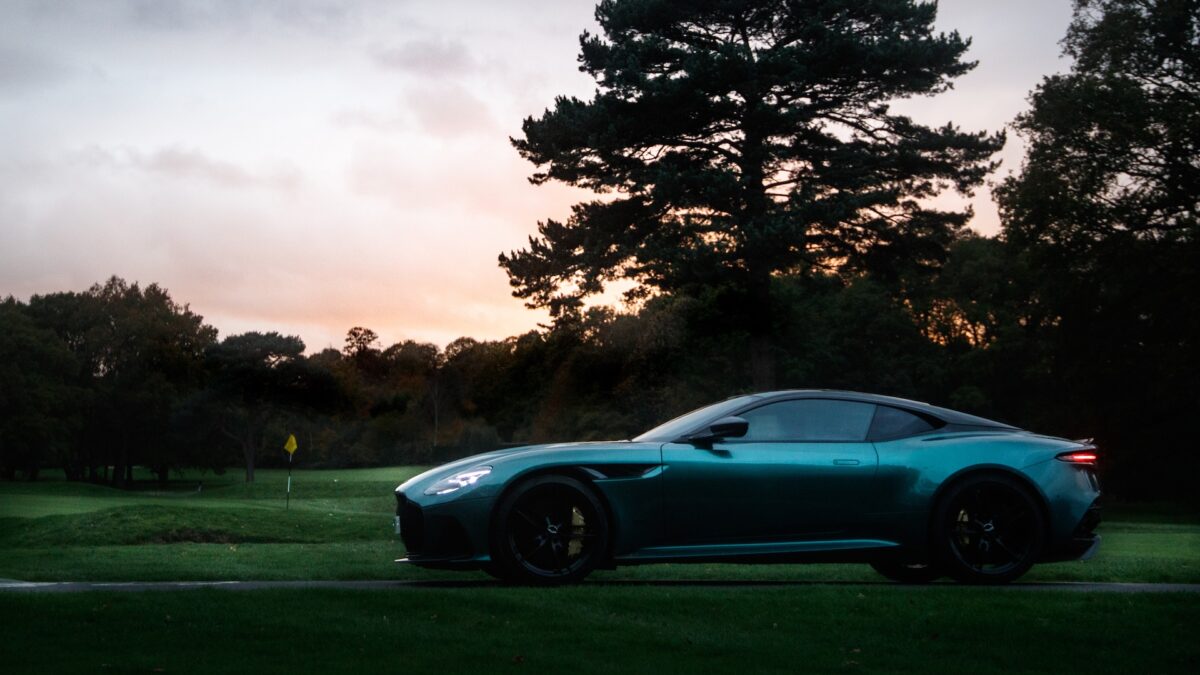Driving an Aston Martin is a rather special experience no matter where you are on the planet, but it’s particularly special in Britain – and even more special after seeing how they’re made. I had the chance to visit the Aston Martin factory in Gaydon, England and then drive one of their fantastic machines to discover what makes the 110-year-old carmaker so superlative.
When it comes to driving, every country has its own stereotype, especially in Europe. The French are terrible drivers, for instance. The Italians are aggressive and use their horns liberally. The Germans are dangerously good thanks to the ridiculous speeds of their Autobahns. You get the picture.
Not many people talk about how the British drive, though. Which is funny, because they’re actually very, very good drivers, on the whole – but incredibly rude, which goes against the broader national stereotype of politeness and subtlety. The British have no patience: you fail to dip your high beams within 0.01 seconds or don’t merge quickly enough and you’ll find that the British stiff upper lip isn’t very stiff at all. And likes swearing.
Unlike the Italians, however, the British generally have no respect for British cars. Driving an Italian car in Italy as a foreigner excuses you of all wrongs. This is not the case in the UK. Well, except if you’re driving an Aston Martin, that is.
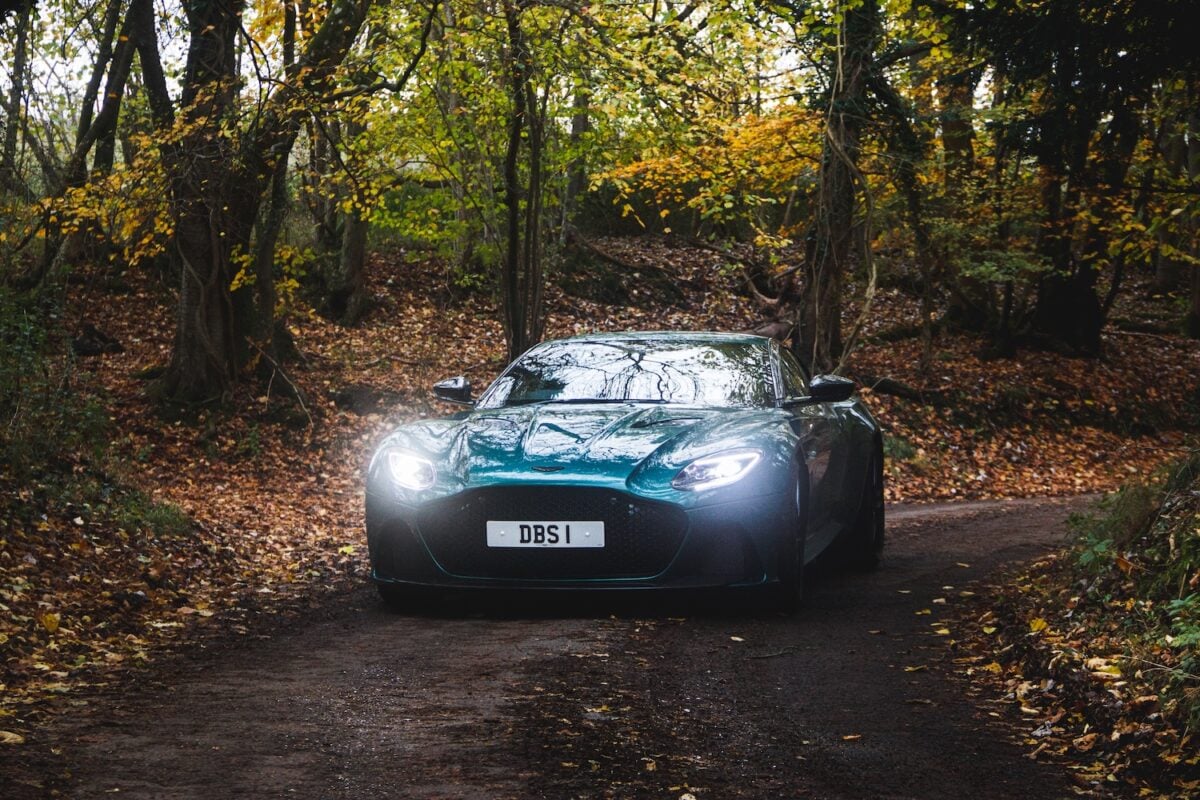
The British have a unique respect for Aston Martins: people nod and smile at you when you drive one. Lorry drivers mount the kerb to let you go past. Old men tip their hats. The same people who’ll tailgate a Jaguar or Bentley become demure and gentle when you’re in an Aston. It’s pretty extraordinary.
It’s an experience that’s made even more special when one has an understanding of where an Aston Martin comes from, the labour it takes to craft one and how rare they really are – and that’s exactly the appreciation I managed to get after getting the chance to drive an Aston Martin after visiting the brand’s amazing factory.
RELATED: I Took A 1,000km Road Trip Across The UK In An Electric Car. That Could Never Happen In Australia
The Aston Martin factory
The English Midlands are somewhat of an automotive paradise. Not only are many of the world’s biggest car brands based in the area, but so are many of Formula 1’s top teams. Mercedes has their base in Brackley, Alpine in Enstone, and Red Bull Racing is just down the road in Milton Keynes.
Gaydon, an unassuming town near Stratford-upon-Avon, is particularly special. In a single block, you’ve got the Jaguar Land Rover design centre, the British Motoring Museum – probably the best motoring museum in the world – and Aston Martin’s main factory.
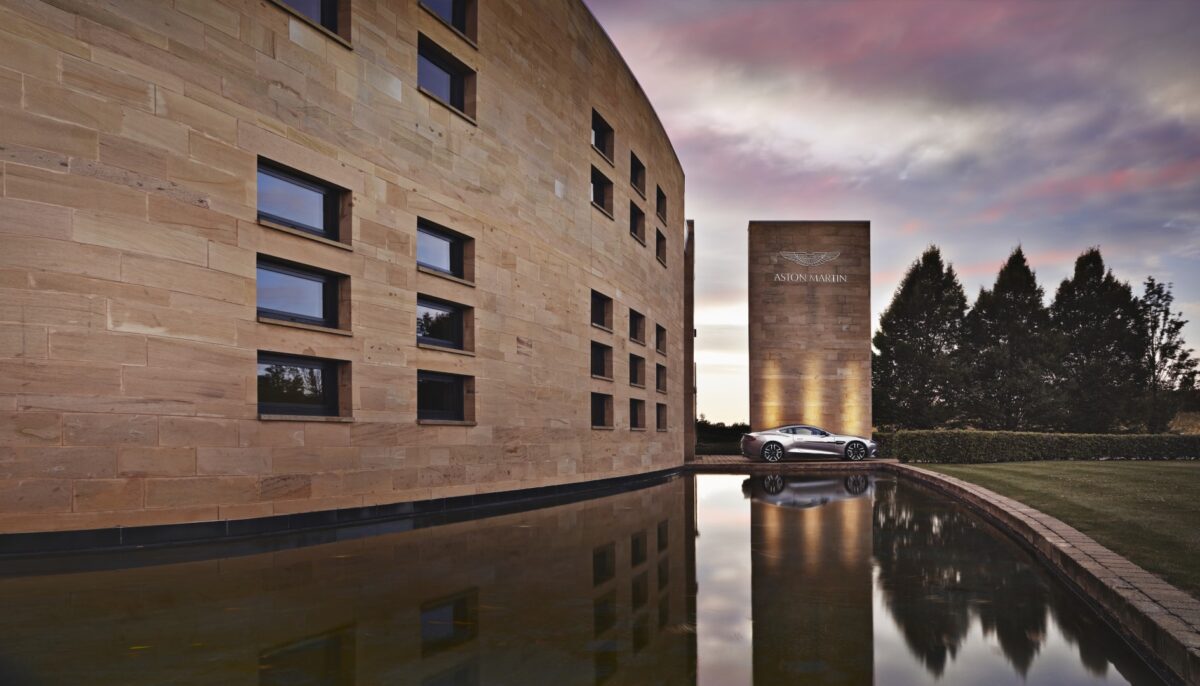
Walking up to the gates of Aston Martin, it feels very palatial; like a supervillain’s country lair. Long hedge lines surround an oblique stone entrance. It’s eerily quiet, with only the faintest hum of V12 engines revving up to punctuate the silence.
Stepping through the doors and onto the factory floor and those faint hums become roaring snarls. Sticky rubber tyres squeal against immaculately polished concrete floors as cars are moved down the line and meticulously inspected. The staccato clicking of sewing machines diving into sumptuous, freshly-tanned leather contrasts against the quiet, diligent work of hundreds of highly trained mechanics hand-assembling vast carbon fibre panels.
What’s striking about Aston’s factory is that it’s at once both very modern and very old-school. It’s a modern production line, with cars being sent down hulking overhead rails on a regimented track to be assembled… But there’s not a robot to be seen. Everything is properly hand-built; hand-assembled. It’s highly bespoke; it’s artisanal in a way that you don’t expect modern car-making to be, even high-end brands.
Here’s a stat that will blow your mind. It takes around 8 hours for your average car to be built from start to end. For a Range Rover, it’s about 17 hours. For an Aston Martin, it’s more like 250 hours. In fact, it takes around 25 hours just to paint an Aston Martin – so it takes almost 50% longer just to paint an Aston than it does to make an entire Range Rover.
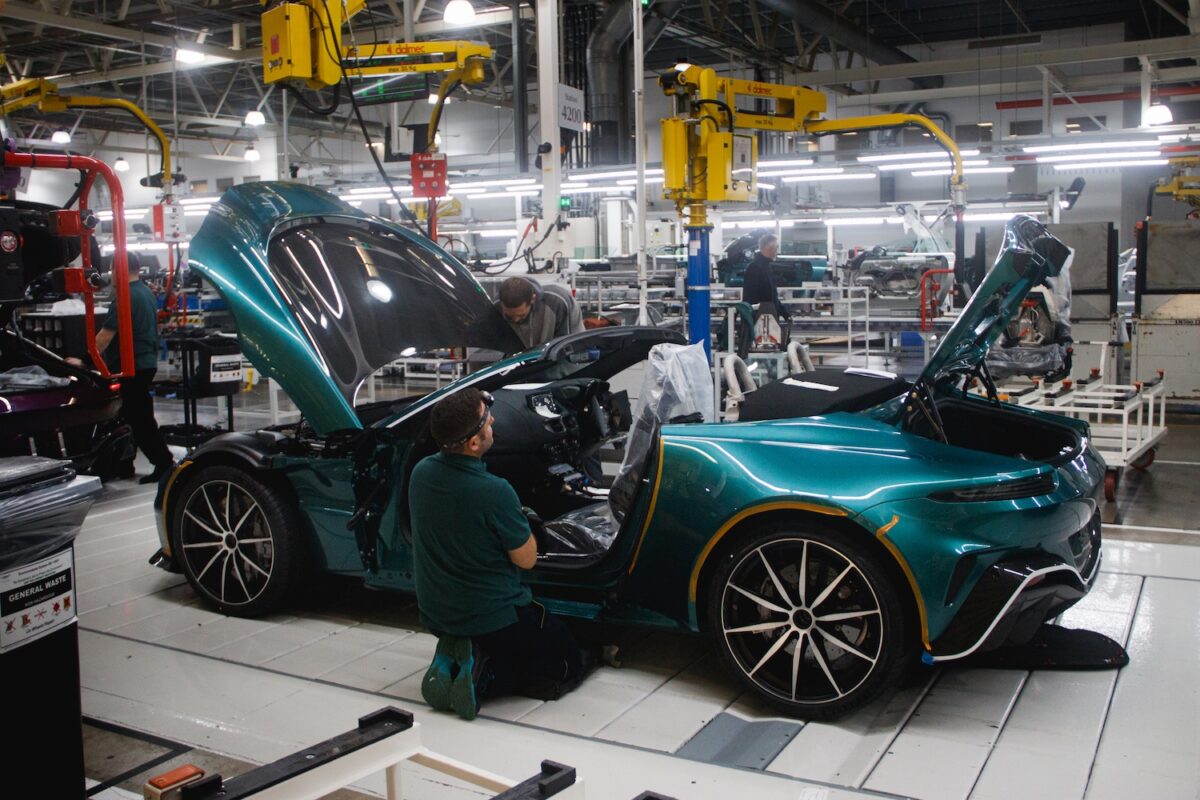
Perhaps that helps contextualise why Aston Martins are so expensive…
Hand-built for a reason
Aston Martins aren’t hand-built just for the sake of it, of course. The exotic materials and refined approach to craftsmanship that make the brand so special demand it. I mentioned the leather earlier – no other car brand on the planet uses quite as much leather as Aston Martin. Inside an Aston Martin, if it’s not carbon fibre or aluminium, it’s leather – there’s no soft-touch plastic to be seen.
All that leather (Scottish Bridge of Weir leather, by the way) is hand-stitched and installed in each car by dozens of highly trained craftspeople. Leatherwork that complex can’t be made by machines nor can it be installed by them – it requires the deft, knowing touch of a human being.
I mean, the reason they take so long to paint an Aston? Because they do their own paint correction in the factory so that every single car features a totally immaculate paint job. Dozens of eyeballs have scoured every panel of every Aston Martin to make sure the duco is nothing less than perfect.
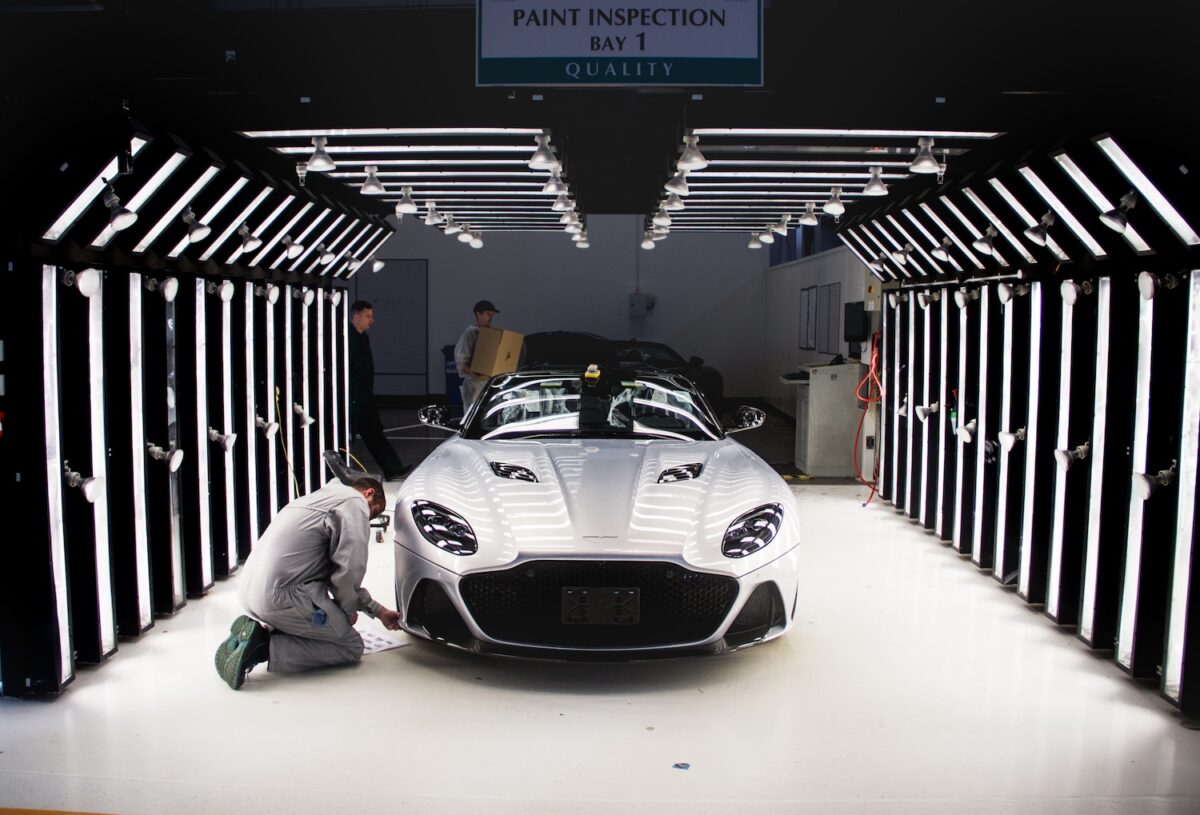
Every Aston Martin engine is hand-assembled, too, so that they can stand up to the demands of the fastest and most furious drivers. Really, the Aston Martin factory isn’t a factory – it’s the world’s biggest workshop. The care and detail every single part of the car receives is remarkable.
Then, you’ve got the exotic materials the cars are made out of: carbon fibre, Kevlar, aluminium… In the Valkyrie’s case, the carbon fibre driver ‘pod’ features swathes of gold leaf heatproofing. Just as Aston Martin’s craftsmanship is uncompromising, so are the materials each car is made out of, too.
Speaking of the Valkyrie, it’s got its own dedicated production line which feels even more like a workshop than the main factory floor. It’s literally blokes gently tooling away with spanners and clamps… Just on cars worth millions.
We even got the chance to see a Valkyrie drive off the line on its way to be painted and then delivered, with two Aston technicians driving it out themselves, gullwing doors popped open and winking at us as they went by. Everyone loves their job over at Aston Martin, and they’re all rightfully proud of what they’re making.
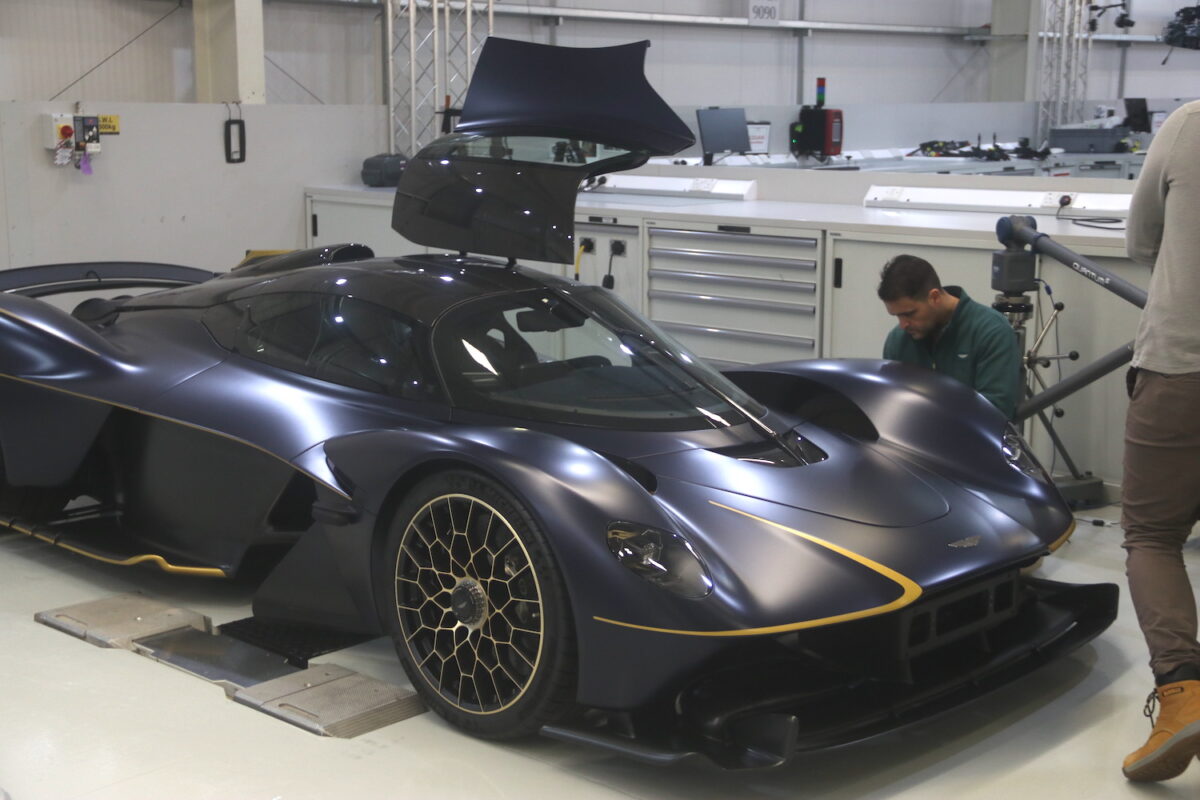
Speaking of their creations…
The Aston Martin DBS
After being bedazzled by Aston Martin’s amazing factory, they then handed me the keys to one of the finest and most outrageous cars they’ve ever made: the Aston Martin DBS, previously known as the DBS Superleggera. I had the chance to drive this beast from Gaydon, through the Cotswolds and eventually onto London – three of the best driving days of my life.
Based on the already very capable DB11 grand tourer but boasting a wide range of modifications to make it even more performance-focused, this sleek boat of a car might just be the prettiest car I’ve ever driven. I’d be quite happy to say it’s the prettiest car in the world – especially in Aston Martin Racing Green…
WATCH the majesty that is the Aston Martin DBS below.
Under its immensely long hood snarls a handbuilt 5.2L twin-turbocharged V12 engine putting out a monstrous 533 kW and 900 Nm of torque, which can hurtle the 4.7m long beast from 0-100km/h in an astonishing 3.4 seconds and blesses it with a top speed of 340 km/h.
Those are some impressive figures, particularly for a car of its size. But, because it’s mostly carbon fibre (including the massive front-opening bonnet), it only weighs 1,693 kg, making it surprisingly light on its feet.
What’s it like to drive? A bit scary, actually. Despite being so long and big, it’s really very agile. Combine that with a powertrain that seems to have endless power on tap and steering dynamics that encourage you to really throw it into turns, it’s almost dangerous. Almost.
The DBS doesn’t pull its punches. Put it into sports mode, put your foot down and you really need to be paying attention. It demands a demanding driver: you need both hands on the wheel and big bloody cojones when this thing gets going.
Yet it’s still an Aston Martin. It’s not a passionate, uncouth Italian nor a bloody-minded German. It’s an English gentleman. So, when you want to just cruise, it’ll cruise as smooth as butter. It’s like a well-trained guard dog: charming, obedient and purposeful. It’ll walk at heel and behave nicely in polite company when you want it to, but deep down, it wants to be let off the leash and just attack. And attack it can.
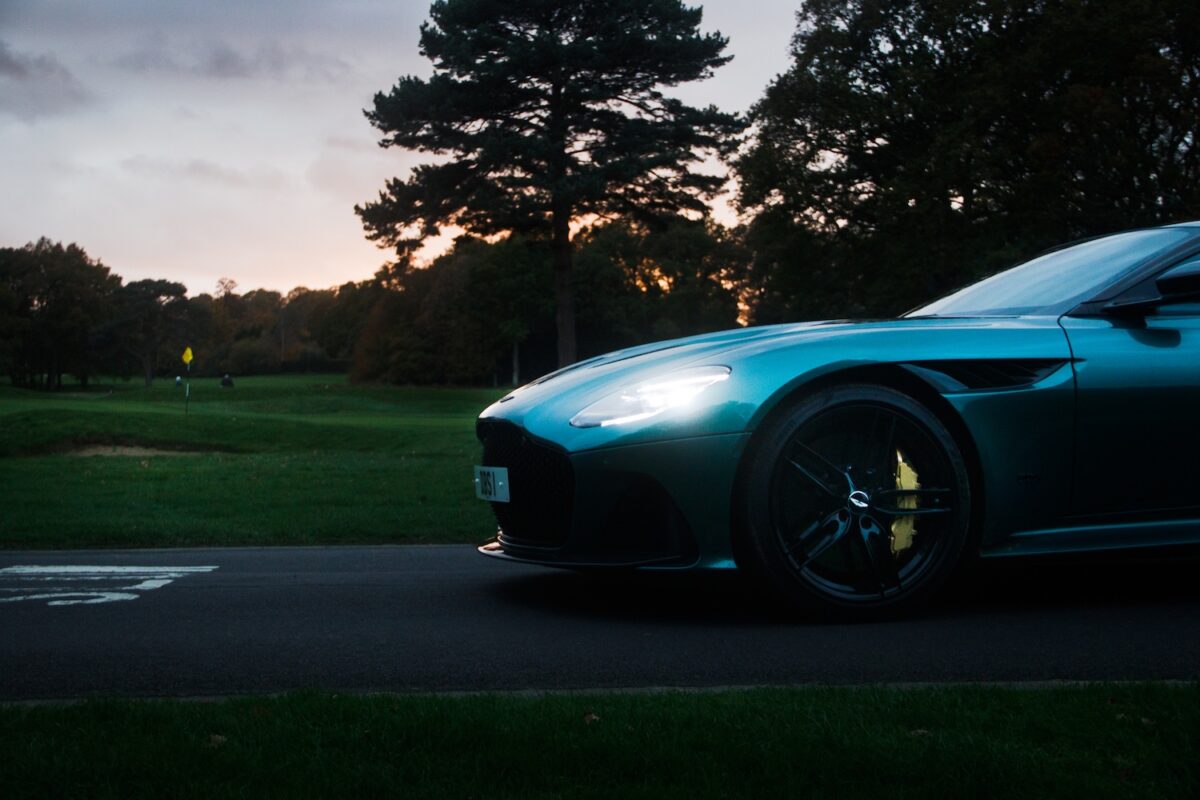
The DBS is a beautiful contradiction of a car. On the one hand, it’s an unrelenting, focused performance machine: a giant carbon-fibre missile with a huge, angry engine that’s expressly designed to dominate any highway goer with maximum prejudice.
Yet it’s also incredibly refined. Inside the missile, you’re bathed in leather and metal, munching miles in the peak of comfort and refinement. It’s taut, but it absorbs bumps so you don’t shatter your filings. The only thing that gives it away that you’re driving something mental is the noise of that V12. Thankfully, Aston hasn’t soundproofed the DBS so much that you don’t get to hear that donk. It’s perfect.
In many ways, it’s the perfect expression of what an Aston Martin is. Aston Martin is the only ultra-luxury performance car brand: they make cars that are both the height of opulence and the height of performance. They’re for drivers to whom compromising is an alien thought.
Perhaps that’s why Aston Martins so resonate with the British. It’s that fist in a velvet glove, talk quietly and carry a big stick sort of vibe. A proper English gent who knows how to box your lights out – Queensbury rules, of course. A car that can do everything for a driver who can do everything.
If we’re going to bring up the Italians again, let’s compare Aston Martin to arguably its biggest rival, Ferrari. Aston Martin makes roughly half the amount of cars a year that Ferrari does, but the two brands sit in the same sort of price bracket. Simply put, if you can afford an Aston, you can afford a Ferrari. So why buy the Aston?
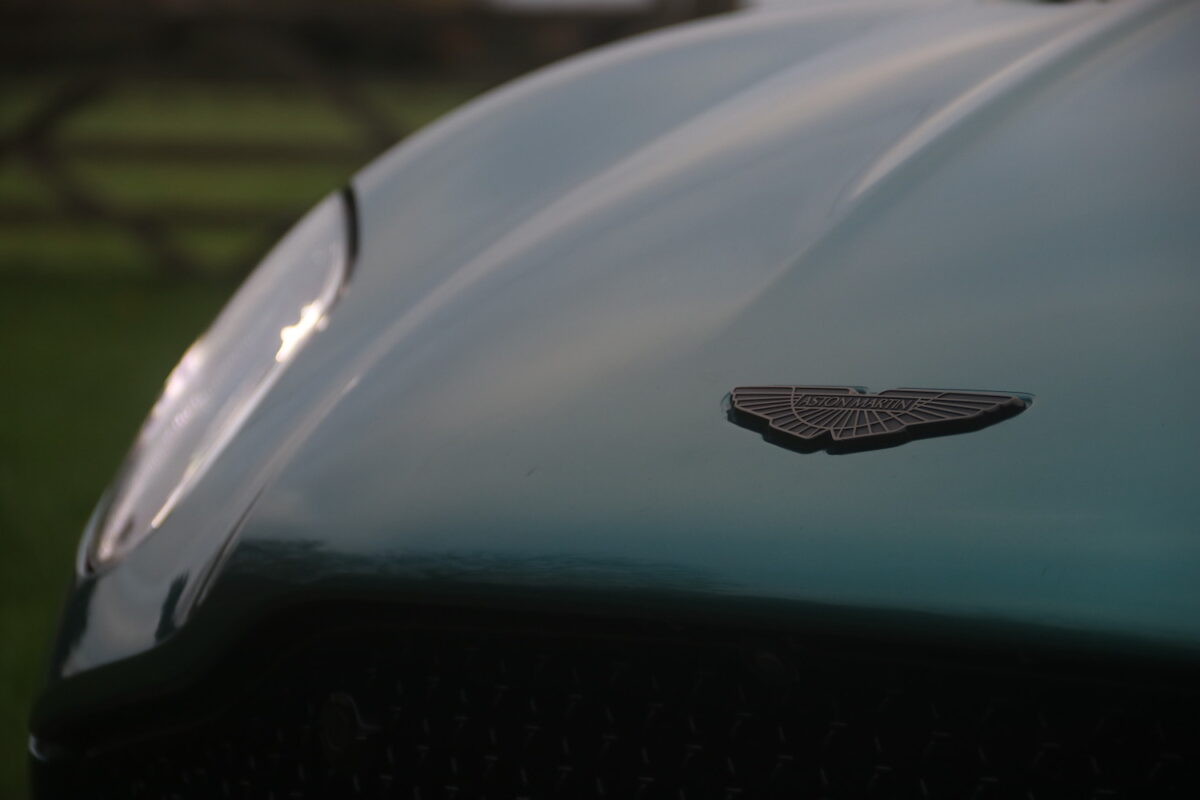
Driving an Aston Martin is to make a very deliberate sort of statement. It’s not just about investing in performance or exclusivity (although let’s be honest, that’s part of it): it’s about investing in a uniquely British sensibility; in a time-honoured tradition of coachbuilding and artisanal products; in a Platonic ideal of a sports car.
I’ve always loved Aston Martin. From having a poster of a Virage on my bedroom wall as a kid to growing up and watching James Bond save the world driving a DB5, it’s a brand that’s always dominated my dreams. My brother and I have always said that if we win the lottery, we’re getting Astons.
They say you shouldn’t meet your heroes. But smashing one through the English countryside after being treated to a trip through the revhead’s paradise that is their Gaydon factory, my already positive preconceived notions of Aston Martin have only been reinforced; galvanised.
My humble opinion? If you win Lotto, buy a bloody DBS, and/or jump on a plane to the UK and try and visit Gaydon. You won’t be disappointed…
Find out more about the Aston Martin DBS and configure one for yourself at Aston Martin’s online showroom here.
